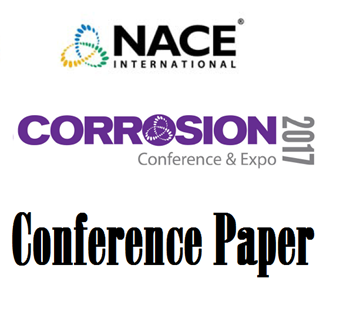Search
11426 Bioenergetics Explains When and Why More Severe MIC Pitting by SRB Can Occur
Also Purchased
51312-01214-Can Acid Producing Bacteria Be Responsible for Very Severe MIC Pitting?
Product Number:
51312-01214-SG
ISBN:
01214 2012 CP
Publication Date:
2012
$20.00
51317--9604-Mitigation of Severe Pitting Corrosion Caused by MIC in a CDC Biofilm Reactor
Product Number:
51317--9604-SG
ISBN:
9604 2017 CP
Publication Date:
2017
$20.00
10252 Consortia of Mic Bacteria and Archaea Causing Pitting Corrosion in Top Side Oil Production Facilities
Product Number:
51300-10252-SG
ISBN:
10252 2010 CP
Publication Date:
2010
$20.00




